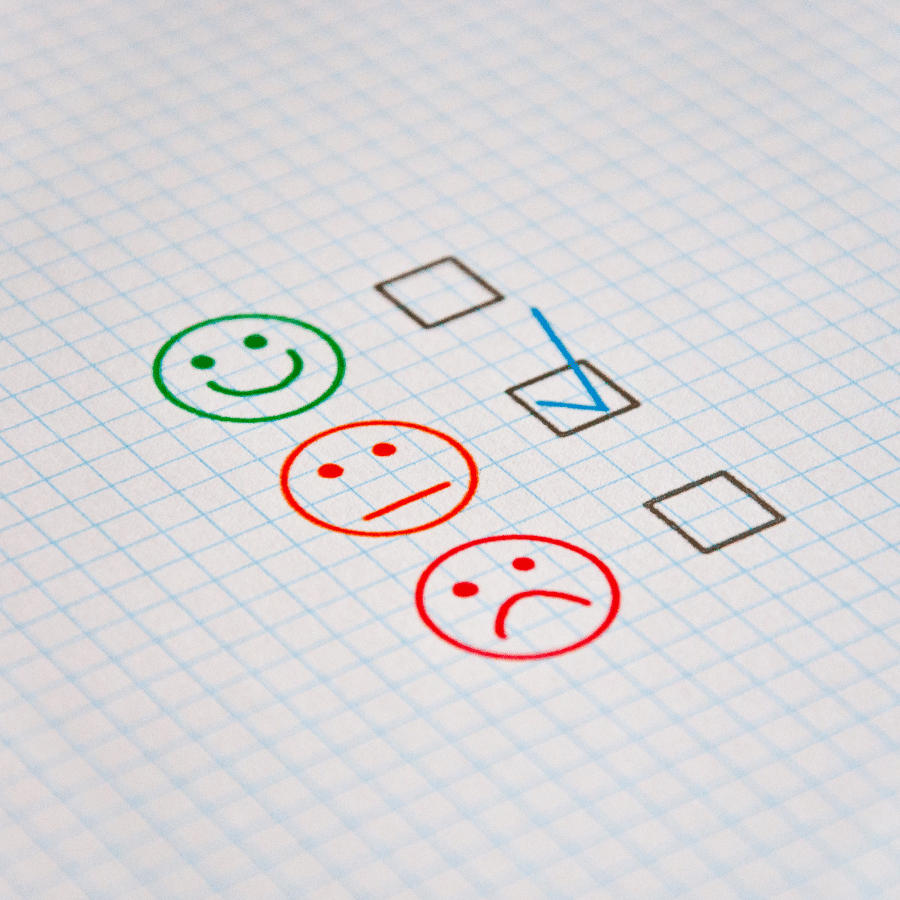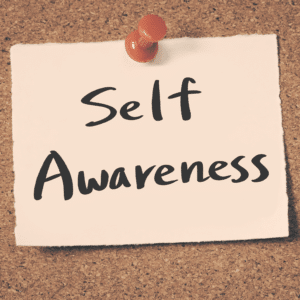개요
저는 피드백을 매우 좋아합니다. 피드백을 받고, 피드백을 주고, 다른 사람들의 피드백에 대해 읽는 것을 좋아합니다. 피드백은 우리가 경험으로부터 배우고 미래에 더 나은 결정을 내리는 데 도움이 되기 때문에 강력합니다. 하지만 모든 종류의 피드백이 동등하게 만들어지는 것은 아니며, 어떤 피드백은 완전히 해롭습니다! 그렇기 때문에 학생에게 피드백을 줄 때 다음 세 가지 사항에 주의해야 합니다.The Importance of Receiving Feedback in the Classroom
Feedback is an essential component of learning. As students progress through the school year, feedback can help them improve their writing skills and develop strategies for success in the future. It’s important to note that teacher-student relationships are built on trust–and trust only develops when you’re open with your students about what you expect from them. If a student writes a paper that gets good feedback from their teacher, then they’ll be more likely to try again with another assignment down the road because they know what works!학생들의 피드백을 어떻게 개선할 수 있을까요?
피드백을 최대한 효과적으로 만들기 위해 할 수 있는 몇 가지 방법이 있습니다.- 실시간으로 제공하면 학생이 경험에서 배운 것을 즉시 적용할 수 있습니다. 이렇게 하면 수업이나 시험이 끝날 때까지 기다리는 것보다 더 빠르고 효과적으로 개선하는 데 도움이 됩니다. 중요한 프로젝트 마감일이 지나기 전에 개선하기에는 너무 늦을 수 있습니다.
- Make sure your comments are meaningful for each individual student–if a particular piece of advice doesn’t apply well to one person’s learning style or skill level (or if another piece does), then don’t force-feed him/her with information they won’t use! Instead of just saying “You need more practice,” try giving specific suggestions on how he/she could practice better next time: “Try working on those equations again with pen and paper first before using technology; sometimes this helps me figure out where my mistakes were made.” Or maybe even give some tips on how he/she could better understand concepts through various resources available online–that way everyone wins!
피드백은 평가를 위한 것이 아니라 성장하기 위한 것입니다.
Feedback is a tool to help students learn and improve. It should not be used as a tool for grading. Instead, feedback should be given early and often–and in ways that help students grow from their mistakes. This can be done through both verbal and written communication. In fact, we think it’s important for teachers to offer both kinds of feedback because they complement one another well: written comments provide structure and organization while face-to-face conversation allows for deeper exploration of ideas or concepts that may be confusing or difficult for students (and teachers!) to grasp on their own긍정적인 피드백 루프는 학생들에게 엄청난 이점을 제공합니다.
When students receive timely, specific and positive feedback, they are more likely to be engaged in the learning process. This is because they understand what they need to do to improve their performance and have specific steps on how they can do so. Students also benefit from constructive criticism, which can help them learn from their mistakes instead of repeating them over again in future performances or assignments. Constructive criticism is essential for effective learning; however it should never be used as an opportunity for teachers or professors to put down students’ work or make them feel bad about themselves as individuals (this is called abusive feedback). Instead, constructive feedback should focus on helping students improve their skills by pointing out areas where improvement is needed so that they can develop strategies for improvement going forward일찍 자주 피드백을 받으면 학생들은 더 빨리 발전하는 데 도움이 됩니다.
- 일찍 자주. 피드백을 줄수록 더 좋습니다. 학생이 특정 개념에 어려움을 겪고 있다면 수업에서 너무 뒤처지기 전에 문제를 해결하는 것이 가장 좋습니다.
- 일관성이 핵심입니다. 수업 토론 중에 필기 노트를 사용하든 구두로 의견을 말하든, 유치원부터 졸업까지 학교에서 보내는 시간 내내 일관된 피드백을 제공하여 학생들이 무엇을 개선해야 하는지 정확히 알고 어떻게 개선할 수 있는지 확인하세요!
- 시기적절함이 중요합니다! 피드백이 일찍 오는 것뿐만 아니라 학생들의 학업 여정(예: 대학)의 각 지점에서 학습 요구에 맞춰 제때 도착하도록 하세요.









